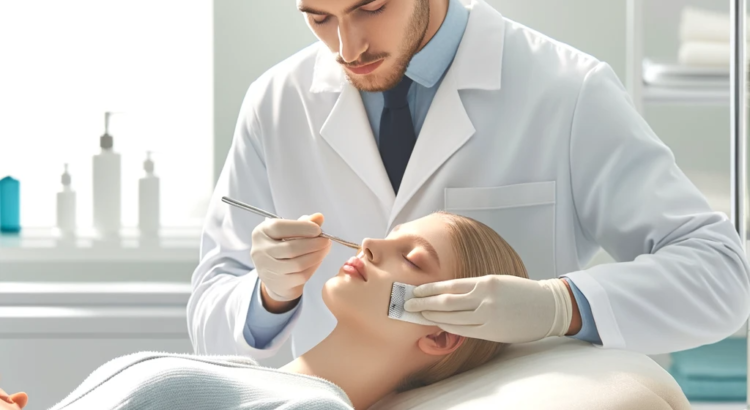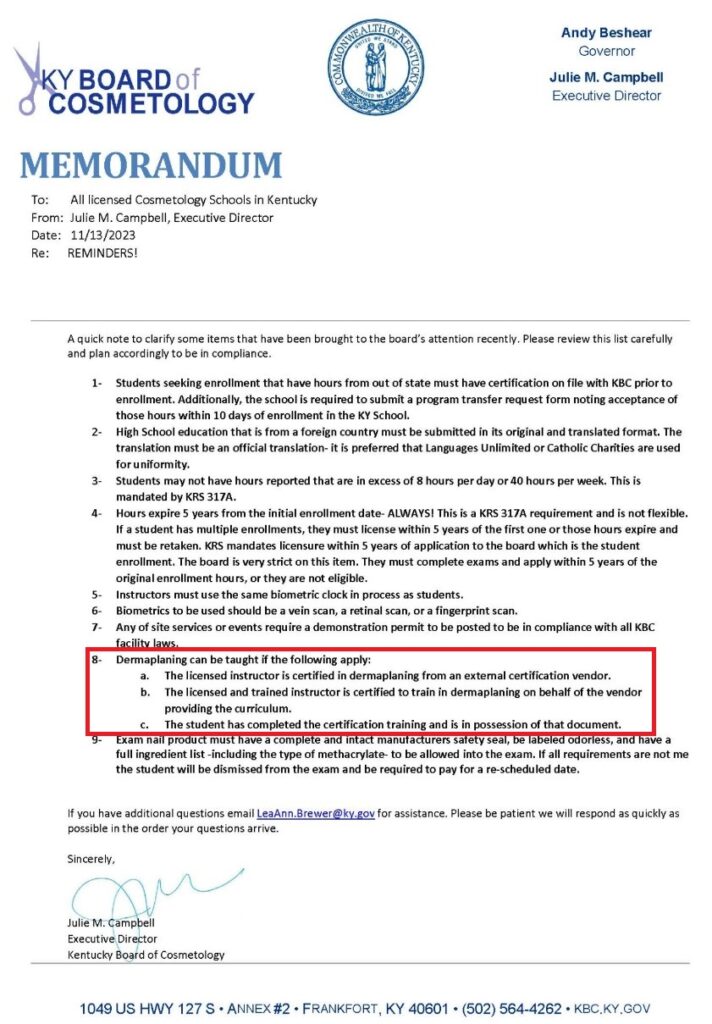Louisville Beauty Academy, a Kentucky State-Licensed and State-Accredited Beauty College, understands that the journey to becoming a beauty professional is unique for each individual. In recognition of this, the academy offers a flexible approach to transferring valid hours between board-licensed schools or for current licensees looking to expand their expertise in the fields of cosmetology, esthetics, shampoo styling, or nail technology.
Understanding Program Transfer Hours:
To facilitate a smooth transition, individuals are required to complete and submit the Program Hour Transfer Request form. This process ensures that the transferred hours or license are treated as earned credit hours in the chosen program, subject to specific guidelines:
- Esthetics License Transfer: A current esthetics license can be credited with no more than 400 hours in a cosmetology program.
- Nail Technologist License Transfer: A current nail technologist license can be credited with no more than 200 hours in a cosmetology program.
- Shampoo Styling License Transfer: A current shampoo styling license can be credited with no more than 300 hours in a cosmetology program.
- Barber License Transfer: A current barber license can be credited with no more than 750 hours in a cosmetology program.
It’s important to note that, with a few exceptions, hours cannot be transferred from one discipline to another. This ensures that students receive the specialized training required for each field.
Completing the Program:
Credit hours transferred pursuant to this section will only take effect upon the transferee’s completion of the remaining hours necessary to complete the cosmetology program. This approach allows students to build on their existing knowledge and skills while ensuring they meet the comprehensive training standards set by the Kentucky State Board of Cosmetology.
Why Choose Louisville Beauty Academy?
Choosing Louisville Beauty Academy for your beauty education means choosing a path of flexibility and opportunity. With experienced instructors, modern facilities, and a curriculum that is aligned with industry standards, students are well-equipped to excel in their chosen field. Whether you’re transferring hours or starting fresh, the academy is committed to providing an educational experience that is both enriching and empowering.
Join Louisville Beauty Academy and take the next step in your beauty career with confidence, knowing that your previous achievements are valued and recognized as you pursue your passion in the vibrant world of beauty.







